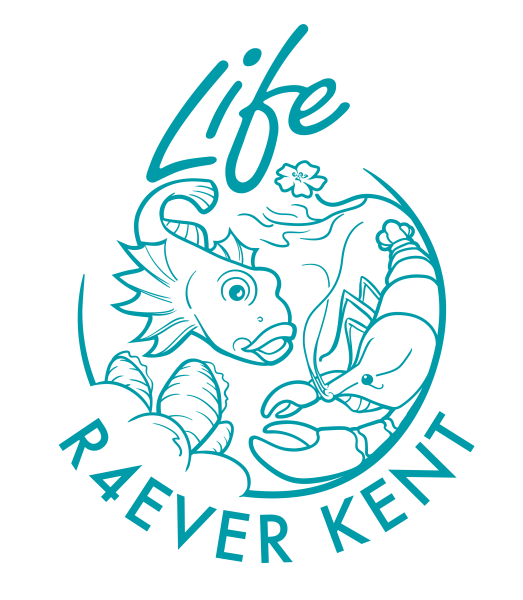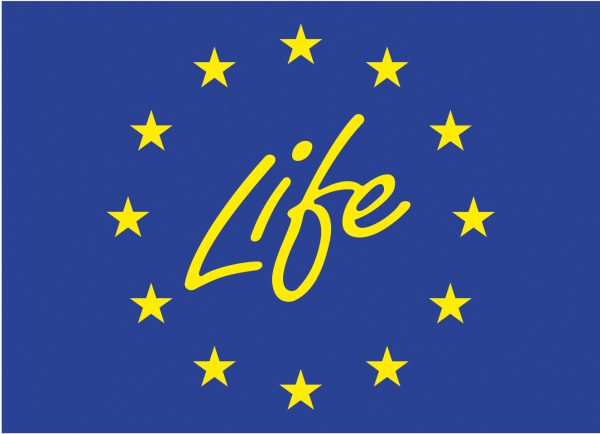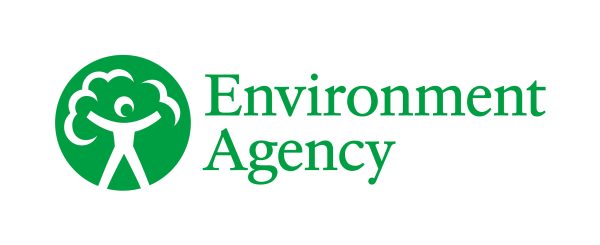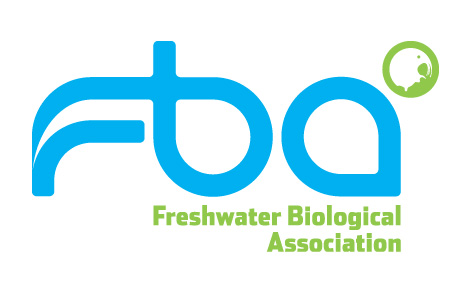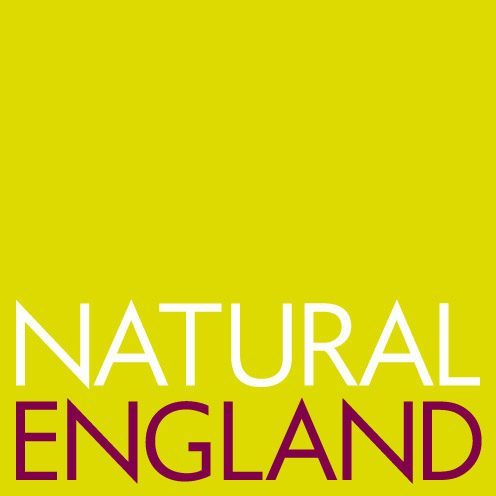The LIFE R4Ever Kent project is a year old, can you believe it?!
So what’s the project, what’s been done and what improvements have been made to the River Kent so far?
The Project
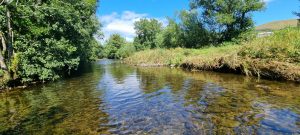
The River Kent during an electrofishing session, summer 2022
This 5-year project aims to restore the River Kent SAC and revitalise its designated habitat and species including Freshwater Pearl Mussels, Bullhead, White clawed crayfish, Ranunculion fluitantis and Callitricho Batrachion habitat. It also aims to ensure a more sustainable management of its catchment and increase species resilience and adaptability to both single-event and long-term environmental changes. We are working on this 1.5 million pound project with partners Natural England, Environment Agency and the Freshwater Biological Association.
Our objectives are very clear – monitor, conserve, protect, rehabilitate and improve the biodiversity of rivers and streams within the Kent catchment. More specifically this includes: riparian/in-channel improvements, fencing, fish refuges, green engineering, tree planting, embankment and revetment removal, de-culverting, weir removal and more.
We will also positively engage with local communities, schools and recruit volunteers to help with practical delivery.
Progress so far
Emma Wright, our LIFE R4Ever Kent project officer was appointed in November 2021. Since then Emma has been familiarising herself with the catchment, including carrying out walkover surveys of the Kent and it’s tributaries. Why carry out walkover surveys? Well, they can tell us whether the river has been altered in some way, land management practices, river restoration opportunities, habitat improvement possibilities etc…you just need to know what to look for.
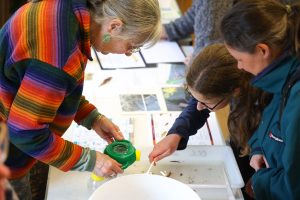
SCRT at a local engagement day. Photograph by James Kirkby
We have been working with a number of local groups, including Sustainability and Energy Network Staveley (SENS) and Clean the River Kent Campaign to support where possible, disseminate information and improve water quality. There have been a number of engagement activities with the local community, including talks, river dipping and electrofishing. We attended Kendal Torchlight Festival where we discussed the River Kent catchment, made dragonfly’s with children and spoke about the health and aquatic animals that are present in the watercourses. We also delivered a session to Outdoor Education students from Kendal College to look at impact of activities on the River Kent and other watercourses, raising awareness of invasive non-native species (INNS), disturbance to fish/invertebrates and protected species.
ITV Border visited the R4Ever Kent team at the FBA Freshwater Pearl Mussel ark in Far Sawrey. Watch the video here: https://fb.watch/igNLsGJmSK/ The FBA have been working at keeping the ark sites maintained, as at this stage Freshwater Peal mussels are extremely sensitive in their growth cycle. Emma has also completed a series of Freshwater Pearl Mussel habitat surveys within the main stem of the River Kent and River Mint to determine possible reintroductions sites.
Deliverables
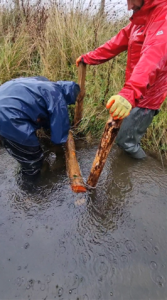
Flow detectors installed at Dubbs Beck
Dubbs Beck, a project site previously visited to de-culvert the beck and plant trees, has seen further developments. Volunteers from HMP Haverigg took part in a tree planting day, which involved constructing tree cages. 600 trees were then subsequently planted in Feb/March 2022. Improving the riparian zone along Dubbs Beck will provide shade to the watercourse in turn providing vital habitats for fish, particularly as water temperatures increase. The trees will also provide an input of woody material into the channel providing a food source for invertebrates and other aquatic organisms.
In August 2022, we carried our river restoration works here, including the creation of numerous pool-riffle sequences using a local digger contractor. These features began to function almost immediately, with water velocities increasing at the riffles and slowing and creating areas of deeper water at the pools. These new features will provide a range of habitats for both spawning and adult fish. A series of flow deflectors were also created using volunteers, to create diverse flow patterns with areas that increased the water velocities and areas which decreased the velocity and to deposit sediment.
We removed a weir on Lambrigg beck, on a tributary of the River Kent system in summer 2022. Lambrigg beck weir removal provides a number of benefits including erosion control, habitat improvement and improved fish migration. Even small weirs have an impact on the natural flow and sediment processes of watercourses. They impound flows upstream, cause fine sediment to become deposited, which generates uniform habitats with limited diversity in flow variation. These are important features for fish, invertebrates and other organisms. Tree planting has also taken place with solar panels troughs installed at a local farm and at Lambrigg Beck where we previously fenced the watercourse from livestock.
What else have we done?
Throughout the summer 2022, SCRT carry out Electrofishing to gather data about fish species, health and abundance. Emma ran a number of e-fishing days with volunteers, to gather baseline data, before further restoration works are carried out on the River Kent. Like most SCRT projects, we then carry out e-fishing follow ups at sites where works have been completed, providing evidence of the benefits these interventions have.
Invasive species control is another key part of the LIFE project. That’s why we are currently drafting up the INNS strategy for work over the next 5 years. INNS control works have started for American Skunk Cabbage and Himalayan Balsam. Japanese Knotweed locations have been mapped and will be sprayed in the late summer 2023. Mapping of INNS for the catchment has started and discussions have begun with local angling clubs about having biosecurity stations at appropriate locations, to stop the spread of INNS in this catchment. We are also in discussions with Network Rail regarding controlling Himalayan Balsam on the railway line.
The team continue to meet with landowners and farmers about the LIFE project and how SCRT can help them. We have worked with a number of landowners to provide land management information and advice, discuss and assist with grant funding applications and carry out practical interventions, such as fencing and tree planting.
The new LIFE R4Ever Kent logo was produced in November 2022. There will be a website to come but in the meantime, you can follow the project and its progress via Facebook and Twitter
